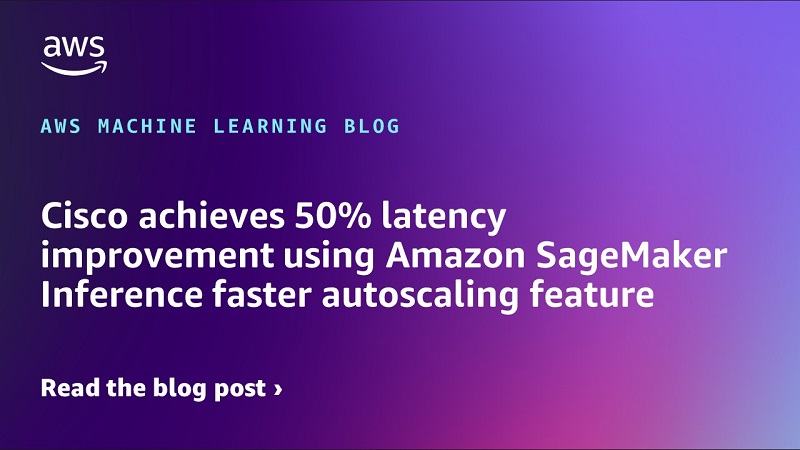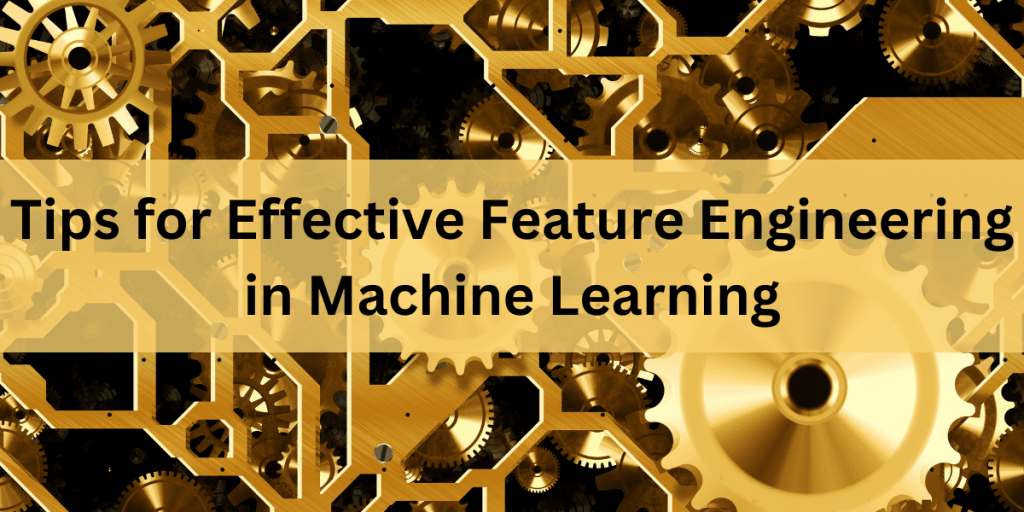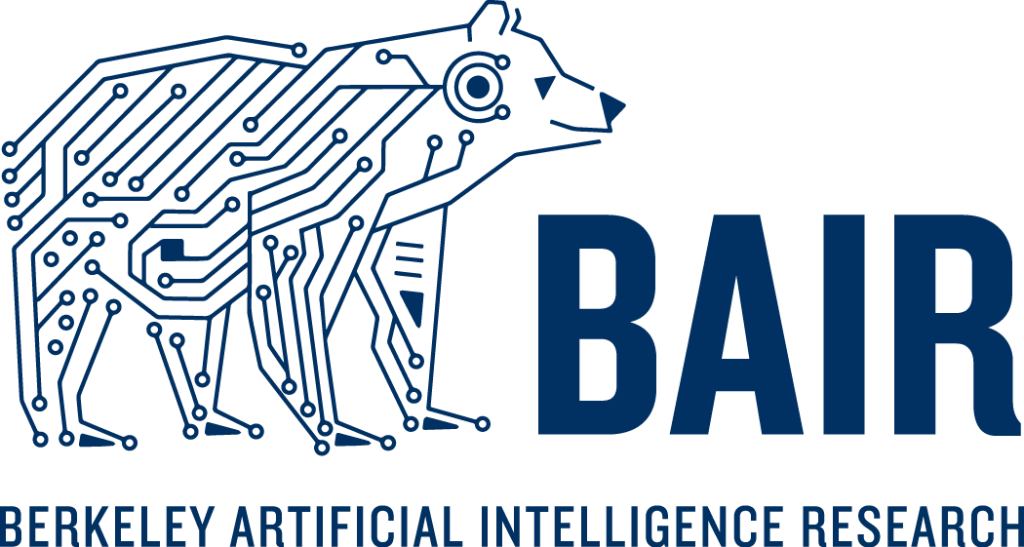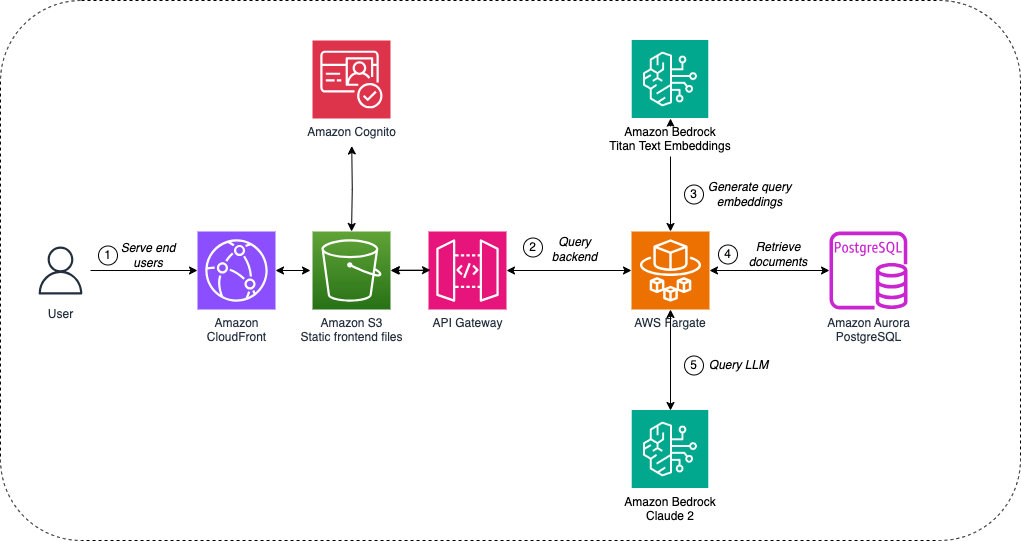Tips for Effective Feature Engineering in Machine Learning
The Shift from Models to Compound AI Systems – The Berkeley Artificial Intelligence Research Blog
AI caught everyone’s attention in 2023 with Large Language Models (LLMs) that can be instructed to perform general tasks, such as translation or coding, just by prompting. This naturally led to an intense focus on models as the primary ingredient in AI application development, with everyone wondering what capabilities new LLMs will bring.
As more developers begin to build using LLMs, however, we believe that this focus is rapidly changing: state-of-the-art AI results are increasingly obtained by compound systems with multiple components, not just monolithic models.
For example, Google’s AlphaCode 2 set state-of-the-art results in programming through a carefully engineered system that uses LLMs to generate up to 1 million possible solutions for a task and then filter down the set. AlphaGeometry, likewise, combines an LLM with a traditional symbolic solver to tackle olympiad problems. In enterprises, our colleagues at Databricks found that 60% of LLM applications use some form of retrieval-augmented generation (RAG), and 30% use multi-step chains.
Even researchers working on traditional language model tasks, who used to report results from a single LLM call, are now reporting results from increasingly complex inference strategies: Microsoft wrote about a chaining strategy that exceeded GPT-4’s accuracy on medical exams by 9%, and Google’s Gemini launch post measured its MMLU benchmark results using a new CoT@32 inference strategy that calls the model 32 times, which raised questions about its comparison to just a single call to GPT-4. This shift to compound systems opens many interesting design questions, but it is also exciting, because it means leading AI results can be achieved through clever engineering, not just scaling up training.
In this post, we analyze the trend toward compound AI systems and what it means for AI developers. Why are developers building compound systems? Is this paradigm here to stay as models improve? And what are the emerging tools for developing and optimizing such systems—an area that has received far less research than model training? We argue that compound AI systems will likely be the best way to maximize AI results in the future, and might be one of the most impactful trends in AI in 2024.
Build an end-to-end RAG solution using Knowledge Bases for Amazon Bedrock and AWS CloudFormation
5 Tips for Getting Started with Deep Learning
2024 BAIR Graduate Directory – The Berkeley Artificial Intelligence Research Blog
Every year, the Berkeley Artificial Intelligence Research (BAIR) Lab graduates some of the most talented and innovative minds in artificial intelligence and machine learning. Our Ph.D. graduates have each expanded the frontiers of AI research and are now ready to embark on new adventures in academia, industry, and beyond.
These fantastic individuals bring with them a wealth of knowledge, fresh ideas, and a drive to continue contributing to the advancement of AI. Their work at BAIR, ranging from deep learning, robotics, and natural language processing to computer vision, security, and much more, has contributed significantly to their fields and has had transformative impacts on society.
This website is dedicated to showcasing our colleagues, making it easier for academic institutions, research organizations, and industry leaders to discover and recruit from the newest generation of AI pioneers. Here, you’ll find detailed profiles, research interests, and contact information for each of our graduates. We invite you to explore the potential collaborations and opportunities these graduates present as they seek to apply their expertise and insights in new environments.
Join us in celebrating the achievements of BAIR’s latest PhD graduates. Their journey is just beginning, and the future they will help build is bright!
Cepsa Química improves the efficiency and accuracy of product stewardship using Amazon Bedrock
Principles of Reinforcement Learning: An Introduction with Python
Modeling Extremely Large Images with xT – The Berkeley Artificial Intelligence Research Blog
As computer vision researchers, we believe that every pixel can tell a story. However, there seems to be a writer’s block settling into the field when it comes to dealing with large images. Large images are no longer rare—the cameras we carry in our pockets and those orbiting our planet snap pictures so big and detailed that they stretch our current best models and hardware to their breaking points when handling them. Generally, we face a quadratic increase in memory usage as a function of image size.
Today, we make one of two sub-optimal choices when handling large images: down-sampling or cropping. These two methods incur significant losses in the amount of information and context present in an image. We take another look at these approaches and introduce $x$T, a new framework to model large images end-to-end on contemporary GPUs while effectively aggregating global context with local details.

Architecture for the $x$T framework.










